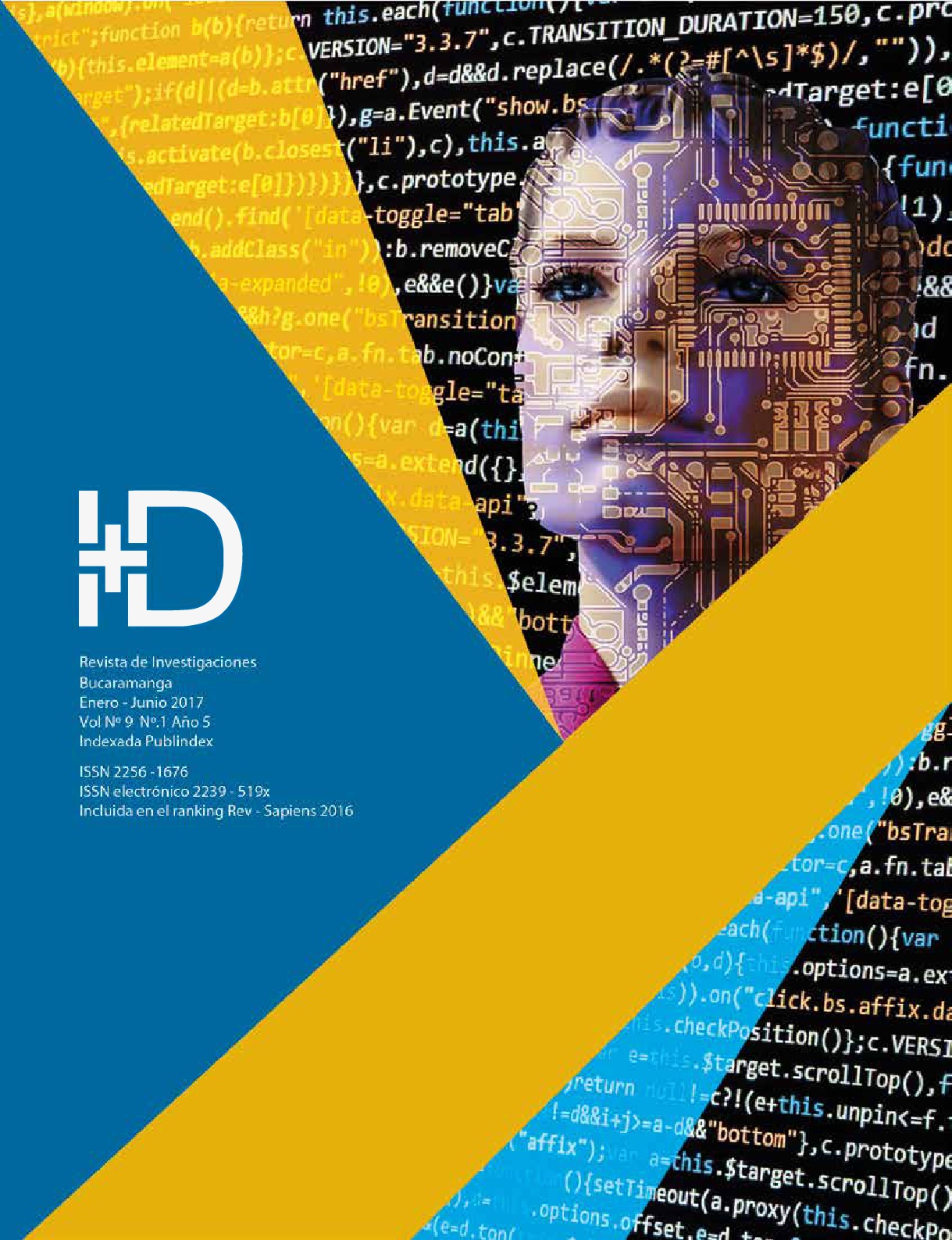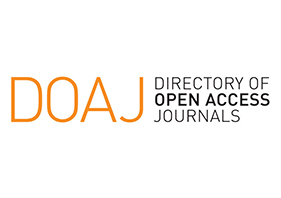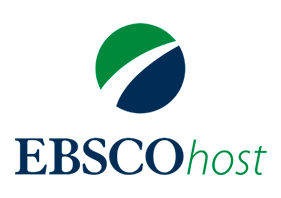Generación de haz con momento angular orbital registrado en cristal fotorrefractivo
DOI:
https://doi.org/10.33304/revinv.v09n1-2017014Palabras clave:
Momento angular orbital, Cristal fotorrefractivo, BTOResumen
En este trabajo se presenta una técnica novedosa para la generación de haces de luz con momento angular orbital (MAO), utilizando un cristal fotorrefractivo Bi12TiO20 (BTO) en un arreglo experimental donde un haz con MAO y un haz de referencia generan un registro holográfico interferométrico del haz. Una de las posibles aplicaciones, si se consigue fijar el holograma, podría ser el estudio de fenómenos de óptica y óptica no lineal utilizando haces con altas potencias.Descargas
Citas
Allen, L., Beijersbergen, M., Spreeuw, R. & Woerdman, J. (1992). Orbital angular momentum of light and transformation of Laguerre-Gauus laser modes. Physical Review, 45. doi.org/10.1103/PhysRevA.45.8185
Anderson, S., Gomes, L., Raposo, E., Moura, A., Serge, I., Fewo, De Araújo, C. (2015). Random lasers, L'evy statistics and spin glasses: Synergy between photonics and complex systems.
Bazhenov, V. Y., Vasnetsov, M. V., & Soskin, M. S. (1990). Laser beams with screw dislocations in their wavefronts. American Institute of Physics, 52(8), 429-431. doi:195.178.214.34/ps/1159/.
Frejlich, J. (2007). Photorefractive materials: Fundamental concepts, holographic recording and materials characterization (cap. 2). New Jersey: John Wiley &Sons.
García, H. $ Gutiérrez-Vega L.C. (2009). Diffraction of wave planes by fnite-radius spiral phase wave plates of integer and fractional topological charge. Journal Optical Society of America, 26(4), 794-803.
Günter, P. (1988). Photorefractive Effects and Materials, Topics in Applied Physics: Photorefractive Materials and Their Applications I and II (61–62). Günter, P. & Huignard, J. (Eds). Berlín, Heidelberg: Springer-Verlag.
Hickmann, J., Fonseca, E., Soares, W. & Chávez, S. (2010). Unveiling a truncated optical lattice associated with a triangular aperture using. Physical Review Letters, 105.
Jerez, V., de Oliveira, I. & Frejlich, J. (2011). Fixed photorefractive holograms with maximum index-of-refraction modulation in LiNbO3:Fe. Journal of Applied Physics, 106 (6). doi.org/10.1063/1.3223319
Jerez, V., de Oliveira, I. & Frejlich. J. (2009). Optical recording mechanisms in undoped titanosillenite crystals. Journal of applied physics, 109 (2). doi.org/10.1063/1.3533421
Maia, L., Filho, F., Jerez, V., Moura, A. & de Araújo, C. (2015). Structural and luminescence properties of Nd 3+/Yb 3+ codoped Al4B2O9 nanocrystalline powders. Journal of Materials Chemistry C, 3 (44). doi:10.1039/C5TC01696G












